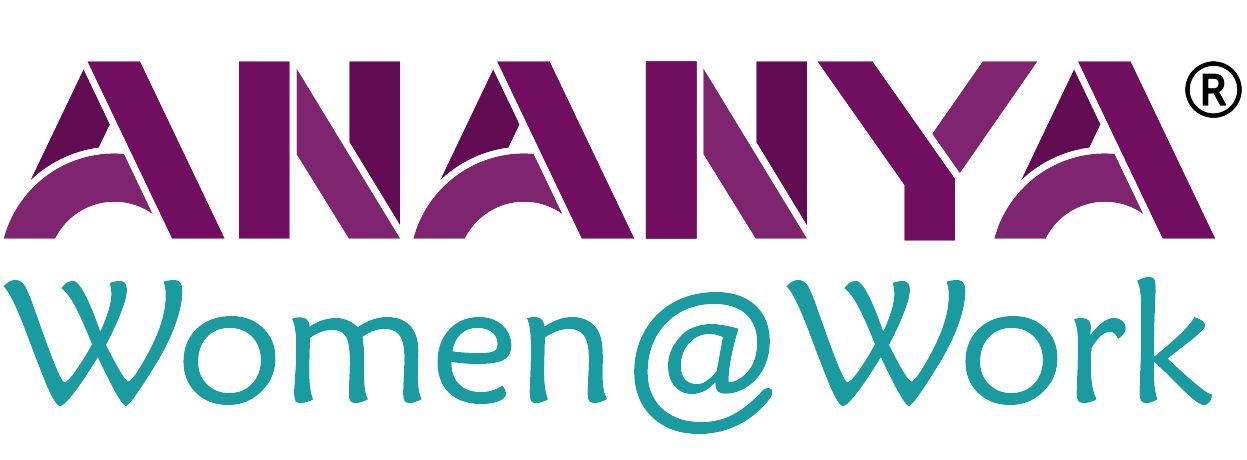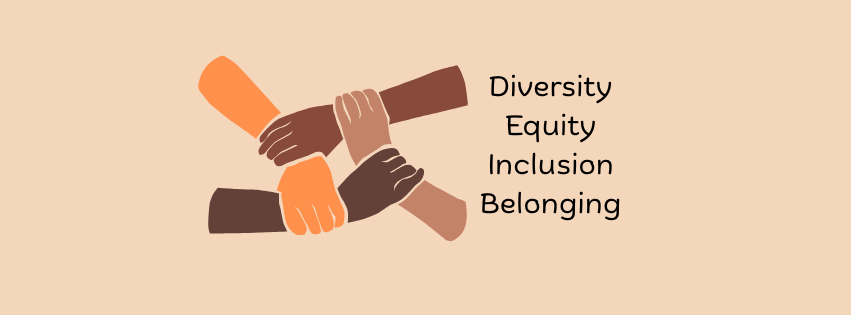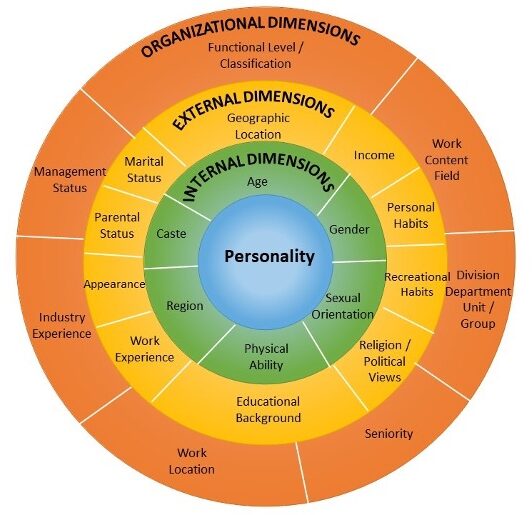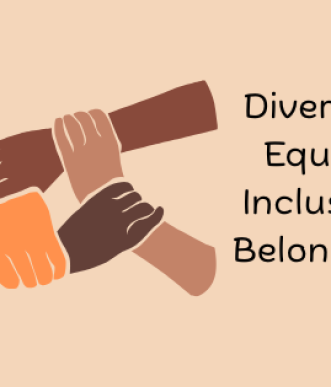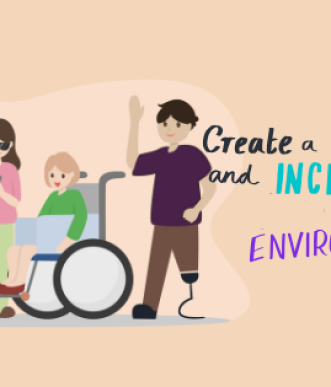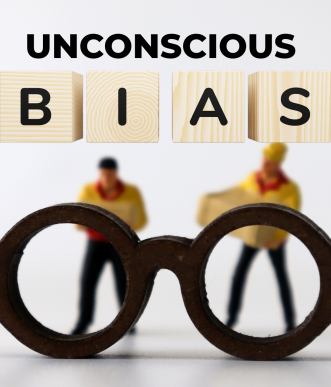DEIB – Some important terms
Diversity
Refers to the differences every individual brings. Differences bring in perspectives, and valuing these perspectives is about recognising the differences and respecting them.
At the workplace, diversity has 4 different dimensions – personality, internal, external and organisational
Equity
Often mistaken with the word equality, equity is about fairness in opportunities, structures, processes, policies and resources. Equity recognises differences and attempts to address the historical and present inequality to work towards equal outcomes. Equity would mean, along with a computer system, a visually impaired person gets a screen-reading software. Providing provision for holidays on specific religious days.
Equality
Is about sameness. Everyone is equal and everyone gets treated the same. E.g. calendar holidays.
Inclusion
Inclusion is about creating and sustaining an environment where every voice is heard, valued and everyone feels safe to contribute their ideas. An inclusive environment encourages everyone to speak up – whether it is about new ideas, mistakes done or feedback to their leader.
Inclusion cannot be left to chance and has to be intentional.
Belonging
Belonging is an outcome of Inclusion. It is an emotion an employee feels when they know their voices are heard, their difference is valued and they are made to feel that they positively contribute to the organisation irrespective of their identity, background or perspectives. It is about being able to positively contribute without any fear of backlash, ridicule, or being dismissed
Othering
Othering is the opposite of Belonging. It is a phenomenon where people from the dominant group, treat the individuals belonging to the other group differently. Any behaviour which demonstrates the fact that the other person does not belong here, is othering. e.g making fun of gay, conducting meetings in the evening, when not everyone can be present.
Allyship
Allyship refers to actions, behaviours and practices that an individual embodies to support, amplify voices and advocate for other individuals who may not be like them and are typically from the underrepresented group. True allyship involves shutting down the jokes on communities even when people from the community are not around, sponsoring them for opportunities, supporting them when they ask for it etc. It is an active participation in supporting others especially those who need it the most.
[Click here to read our blog on Allyship ]
Cognitive Bias
Human brains are exposed to 11 million bits of data every moment and have the capacity to process only 40-50 bits every moment. To manage this gap, our brain often takes cognitive shortcuts to process information. These shortcuts are helpful for us to conduct everyday tasks.
At the workplace, these shortcuts may interfere with rational decision-making especially those that involve people
[Click her to read out blog on bias]
Stereotypes
Fixed & over-generalised notion about a particular group or class of people. These stereotypes are based on past experiences, socialisation, messages what were passed on and may not have any rationale to it. Stereotype may lead to social catergorisation and hence to prejudices for or against a group
Systemic bias
Systemic bias, also known as institutional bias or structural bias, refers to ingrained patterns of discrimination or prejudice within society, also reflected in our institutions and systems. Unlike cognitive biases, which specific individuals hold, systemic bias permeates throughout entire systems, accentuating inequalities and promoting disadvantageous treatment of certain groups or individuals. Systemic bias manifests leads to unequal access to opportunities, resources, and rights based on socio-economic status, caste, etc.
Intersectionality
Kimberlé Crenshaw coined the word “Intersectionality in explaining how everyone’s experience is based the multiple identies they identify with. Individual experiences vary based on not just the gender but also their complexion, height, state of origin, education level etc.
[Click here to read our blog on identity]
Micro aggression
The seemingly innocuous behaviours and/or comments, which may be unintentional but communicate bias. e.g. Women are not good at maths. “Hey you are a Tamil Brahmin, you should be good in English essays”. To a woman, “May I park your car?”. “Hey, don’t look gay” [Nobody looks gay]
ERG – Employee Resource Group
An employee resource group (ERG) is a voluntary, employee-led group that connects colleagues with shared identities, backgrounds, interests, or goals. Supported by an organisation, ERG aims to foster a sense of community, promote professional and personal growth, and support diversity and inclusion initiatives within the workplace. These could include – Mothers, LGBTQ, employees travelling by public transport etc.
Notes
- This is part of a series of articles on DEIB, which will be published in the coming weeks. Watch out for our next blog on Why DEIB is more than HR initiative
- If you want to know more about how can we support you in your DEIB journey, please connect with us to set up a 30-minute call. email: connect@ananyawomenatwork.com ph: +91 93431 23455

